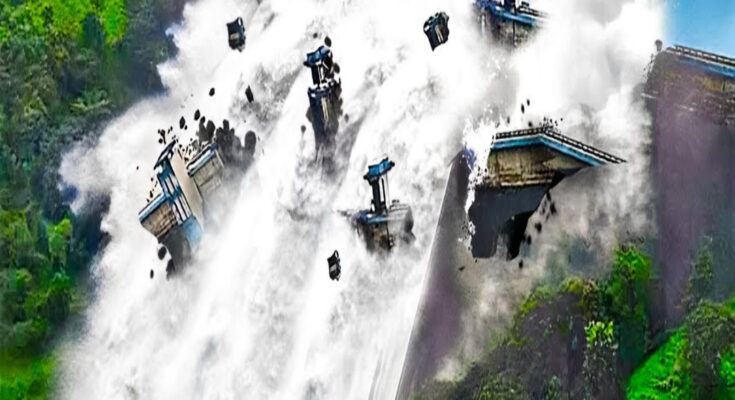When water gets out of control, it can lead to various consequences depending on the situation:
1. **Flooding**: Excessive rainfall or a burst pipe can lead to flooding in homes, streets, or entire areas. This can cause damage to property, disrupt lives, and pose safety risks.
2. **Erosion**: Water erodes soil and rocks over time, which can destabilize landscapes, damage infrastructure like roads and buildings, and impact ecosystems.
3. **Waterborne Diseases**: Contaminated water can spread diseases such as cholera, dysentery, and typhoid, especially in areas with poor sanitation or after natural disasters.
4. **Structural Damage**: Water leaks or seepage in buildings can weaken foundations, cause mold growth, and damage structural integrity over time.
5. **Electrical Hazards**: Water can conduct electricity, leading to electrocution risks in flooded areas or when electrical appliances come into contact with water.
6. **Environmental Impact**: Spills of pollutants into water bodies can harm aquatic life, affect drinking water quality, and damage ecosystems.
7. **Drought**: Paradoxically, lack of water (drought) can also be a problem, leading to crop failures, water shortages, and ecosystem stress.
Managing water effectively through infrastructure, planning, and environmental stewardship is crucial to minimizing these risks and ensuring water remains a beneficial resource rather than a destructive force



